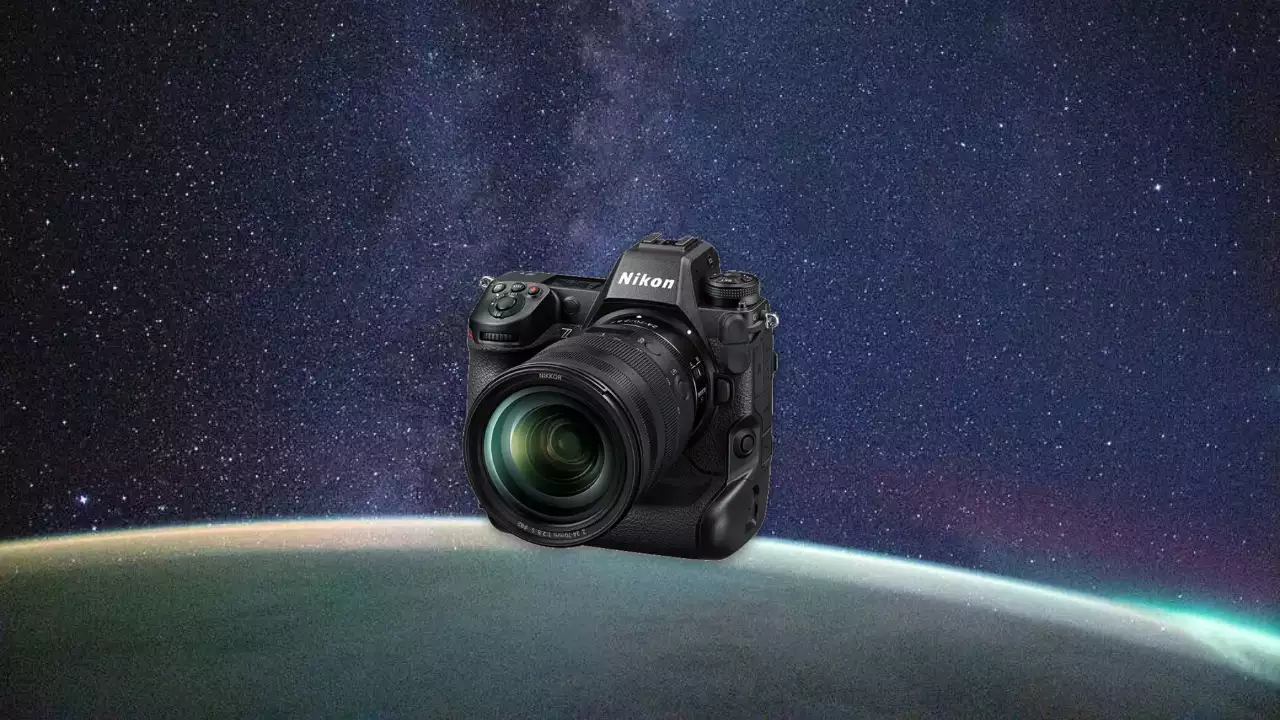NASA has received Nikon Z 9 cameras for use on the International Space Station (ISS), enhancing their capabilities for conducting research and documenting experiences in orbit. These cameras, part of Nikon’s flagship mirrorless full-frame line, were delivered aboard the 20th Northrop Grumman commercial resupply services mission via the SpaceX Falcon 9 rocket in January 2024.
Key Highlights:
- Nikon Z 9 cameras and NIKKOR Z lenses were sent to the ISS to support NASA’s research and documentation efforts.
- The Z 9 replaces previous Nikon DSLR models, continuing a long history of Nikon cameras in space since the Apollo 15 mission.
- These cameras, unmodified from consumer versions, include custom firmware developed for space conditions.
- The shipment includes 13 Nikon Z 9 cameras, over 15 NIKKOR Z lenses, and 15 FTZ II adapters.

Nikon’s Z 9 has been selected for deployment to the International Space Station (ISS), marking a significant contribution to space exploration. In January, several units of the Z 9, along with a variety of NIKKOR Z lenses, were launched into space to assist astronauts in capturing images of Earth and beyond with exceptional quality.
The latest mission included multiple Z 9 bodies and lenses launched aboard the Cygnus cargo spacecraft, which took off from Cape Canaveral Space Force Station. This move updates the photographic equipment on the ISS, transitioning from the Nikon D6 and D5 DSLRs to the more advanced Z 9 mirrorless technology.
Nikon’s history with NASA dates back over 50 years, with its cameras being integral to space missions since Apollo 15. The Z 9 stands out as Nikon’s top mirrorless model, known for its durability and innovative features, such as the elimination of a mechanical shutter for enhanced reliability in space’s challenging conditions.
Although the physical design of the Z 9 remains unchanged for space use, Nikon and NASA have developed specific firmware adaptations to meet the unique demands of the space environment. These modifications include improved noise reduction for higher shutter speeds and adjustments to file naming, settings, and controls for efficiency and power conservation in space.
The recent delivery expands NASA’s photographic capabilities with 13 Z 9 cameras and an array of NIKKOR Z lenses, including advanced super-telephoto and macro options, accompanied by 15 FTZ II adapters. This equipment will support ongoing scientific research and help astronauts capture the magnificence of space and Earth, furthering our understanding of the universe.

























Add Comment